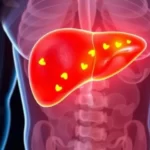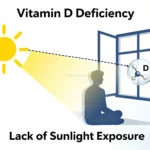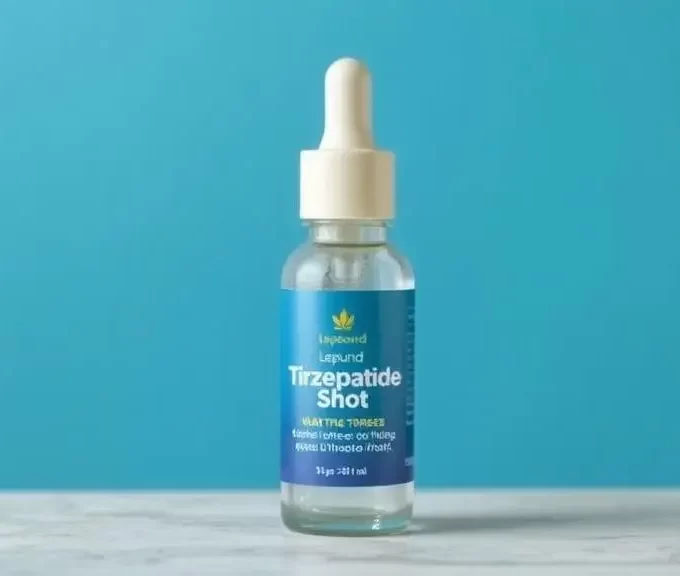Achieving clear, healthy skin begins with knowing what causes those tiny bumps. Blackheads and whiteheads form when your skin’s natural oil, called sebum, mixes with dead skin cells and gets trapped inside your pores. Usually, sebum helps keep your skin soft and hydrated. But when it builds up instead of flowing out, it clogs the follicle and leads to what dermatologists call comedones.
When the pore stays open, the trapped material is exposed to air and oxidizes, turning dark; this is a blackheads and whiteheads. When the pore remains closed, the oil and debris stay beneath the surface, forming a whitehead. While they aren’t always swollen like pimples, they can be just as persistent, affecting both the smoothness and appearance of your skin.
Can You Remove Blackheads and Whiteheads at Home?
Absolutely. While dermatologists offer professional treatments, many people successfully manage mild blackheads and whiteheads using safe, natural remedies. The key is to be gentle, consistent, and informed. Over-the-counter products can be effective, but they often come with a price tag and side effects. Home remedies, on the other hand, can be both budget-friendly and skin-friendly when used correctly.
Natural Remedies to Remove Blackheads and Whiteheads
If you’re battling stubborn blackheads and whiteheads, you don’t always need fancy skincare products. You can start right at home with natural ingredients that gently treat the skin without harsh side effects. Below are three popular methods that combine effectiveness with simplicity, no bullet points, just straightforward, practical guidance.
Toothpaste Treatment for Quick Relief
Using toothpaste on your skin might sound a little unconventional, but it can be surprisingly helpful when applied carefully and sparingly. The key is to use plain white toothpaste, not the gel or colored versions, because it often contains baking soda and hydrogen peroxide. These ingredients have mild antibacterial and drying effects, which help draw out excess oil and shrink the appearance of blackheads and whiteheads.
To use this remedy, apply a thin layer of toothpaste over the affected areas. Leave it on for about 15 to 25 minutes. During this time, you may feel a light tingling or even a slight burning sensation; this is normal. Once the time is up, rinse your skin gently with lukewarm water. It’s important not to overuse this method, though, as toothpaste can dry out or irritate the skin if applied too frequently.
Yogurt and Oatmeal Mask for Gentle Exfoliation
Another effective home remedy is a soothing exfoliating mask made from ingredients you already have in your kitchen. Mix three tablespoons of plain yogurt with two tablespoons of finely ground oatmeal. To this mixture, add a teaspoon of olive oil and a tablespoon of lemon juice. This creates a creamy, nourishing paste that works wonders on clogged pores.
Apply this mixture to freshly cleansed skin and let it sit for about five to seven minutes. Once the time is up, rinse it off using cold water. This not only helps remove the mask but also tightens your pores, leaving your skin refreshed. The lactic acid in yogurt gently removes dead skin cells while oatmeal calms inflammation. Lemon juice acts as a natural astringent and oil controller, and olive oil provides hydration without contributing to breakouts. This mask is perfect for those with sensitive or combination skin looking to keep pores clear without harsh scrubs.
Honey Spot Treatment for Soothing and Healing
When it comes to natural skin care, raw honey stands out as a multi-purpose treatment. Its antibacterial and antioxidant properties help it fight acne-causing bacteria while soothing irritated skin. Honey is also a natural humectant, meaning it draws moisture into the skin, making it ideal for treating both oily and dry patches.
To use this remedy, make sure you’re using pure, raw, or organic honey—not the processed kind you find in squeeze bottles. Dab a small amount directly onto the affected areas and let it sit for 15 to 20 minutes. Rinse thoroughly with warm water afterward. The honey will leave your skin feeling soft, clean, and slightly hydrated, making it one of the safest natural treatments for blackheads and whiteheads.
What Makes These Remedies Effective?
Each of these ingredients offers something unique. Toothpaste reduces oiliness quickly, yogurt and lemon exfoliate without scrubbing, and honey heals while hydrating. These aren’t just old wives’ tales; they’ve been backed by generations of use and some dermatological support. What’s more, they don’t rely on harsh chemicals, making them suitable for those with sensitive or acne-prone skin.
Skincare Isn’t Just Topical
It’s worth noting that healthy skin doesn’t come from creams alone. Staying hydrated, eating a balanced diet, and getting enough sleep all contribute to how your skin behaves. Touching your face too often, using dirty towels, or skipping sunscreen can undo all your hard work—even if you’re using the best remedies.
Consistency is crucial. None of these home treatments work overnight, but if you apply them regularly two to three times per week, you’re likely to notice smoother, clearer skin within a few weeks.
When to Seek Professional Help
Home remedies are ideal for mild to moderate cases, but if your breakouts are painful, cystic, or spreading rapidly, it’s time to talk to a dermatologist. Prescription creams, salicylic acid, or retinoids might be needed to clear up your skin at a deeper level.
Conclusion
Blackheads and whiteheads are a standard part of skincare challenges, but they’re not permanent. With simple ingredients like honey, yogurt, or even toothpaste, you can begin treating your skin naturally and effectively at home.
The most important thing? Be kind to your skin. Avoid picking or scrubbing harshly. Use clean hands, clean towels, and give your skin time to respond. Natural remedies work best not because they’re fast, but because they’re gentle and your skin needs that.
FAQs
How do you get rid of blackheads and whiteheads?
You can remove them through gentle exfoliation, pore-cleansing masks, salicylic acid products, or natural remedies like yogurt and honey.
What causes blackheads and whiteheads?
They form when excess oil, dead skin cells, and bacteria clog hair follicles. Whiteheads stay closed under the skin, while blackheads are open and oxidized.
Is it okay to remove whiteheads and blackheads?
Yes, but it must be done carefully. Avoid squeezing; instead, use safe treatments like exfoliants, retinoids, or dermatologist-recommended tools.
How do I remove blackheads permanently?
Consistent skincare with retinoids, chemical exfoliants, and pore cleansers can reduce blackheads long-term. Total prevention is hard, but maintenance is key.
How to draw out a blackhead?
Apply warm compresses to open pores, then use a gentle clay mask or salicylic acid treatment to loosen and extract the clog.
Do pimple patches work on blackheads?
Pimple patches can help absorb oil and reduce inflammation, but they’re more effective for blackheads and whiteheads. Use pore strips or salicylic acid for blackheads.










